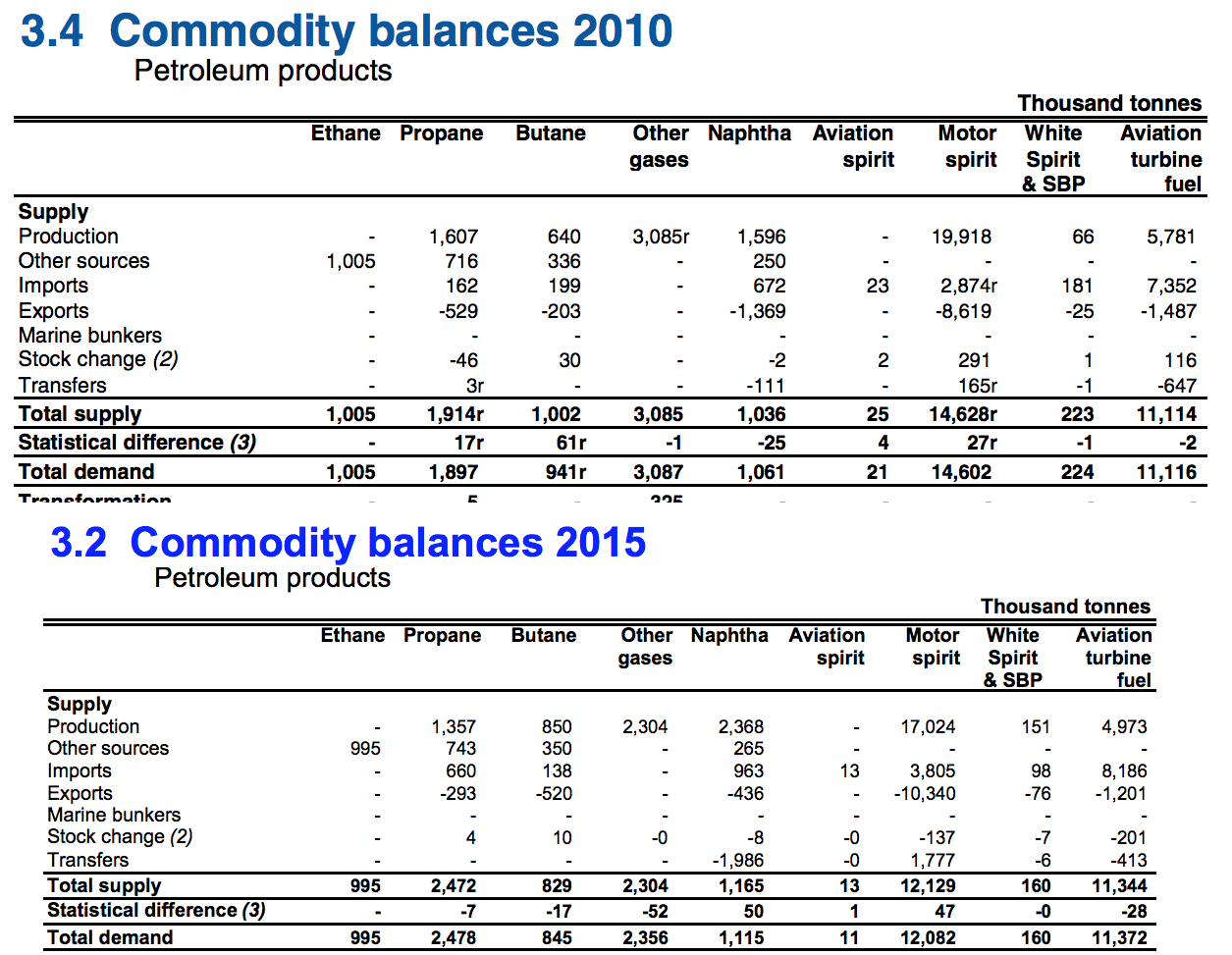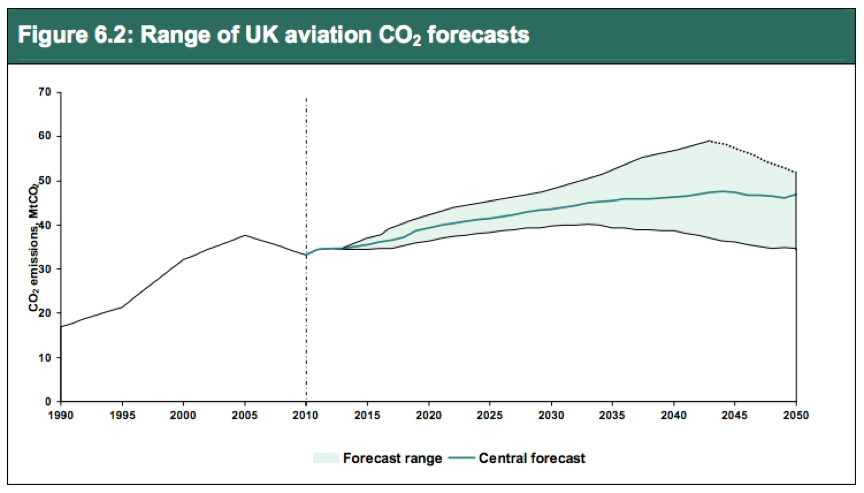Lobby group Airlines UK publishes report with its hopes of reducing aviation CO2
The problem of UK aviation carbon emissions is a very real one, for which the UK has no real solution. The lobbying body for the airline industry, Airlines UK, has produced a report, with the intention of persuading the government etc that it can keep carbon emissions low, while growing the numbers of planes, and a passengers, fast and for years to come. They pin their hopes on slight changes to airspace management, making routes a few miles shorter; also newer models of planes that burn slightly less fuel per passenger kilometre; higher load factors – and the inevitable white elephant of “sustainable” biofuels. The report looked at the emissions from 2006 to 2014, which covered the recession. It also covered the period of high fuel prices, when airlines had a huge incentive on cost to achieve higher load factors. Intense competition keeps load factors up. But these gains are the “low hanging fruit” of carbon savings, and once used up, will not persist into continuous savings. If number of flights and passengers increase, once the effects airspace changes, load factor improvements and new planes have worked through, carbon emissions from aviation will continue to rise. See the comment by AEF. A short term stabilisation is welcome, but it would be ill-advised to presume this will continue for long. Ultimately the only “solution” will be off-setting, from other sectors (and/or unlikely biofuels).
.
Tweet
Comparing the figures from the government from 2010 and 2015.
These show there was no fall – indeed a rise – between 2010 and 2015. Figures for 2006 not easily available.
There was demand for 11,116 thousand tonnes of aviation turbine fuel in 2010, and 11,372 thousand tonnes demand in 2015.
That is a rise.

from
and
.
.
New report claims growth in aviation has had no effect on industry emissions
A critical look at “Responding to the Carbon Challenge“, by Airlines UK
Trade association Airlines UK (formerly the British Air Transport Association) last week published a report claiming to show “how the industry can meet the UK’s demand for air travel, while ensuring it limits its environmental impact and hits its stringent targets on reducing emissions”. A foreword from the Chief Executive of Airlines UK, Tim Alderslade, and Graham Brady MP claims that the report will “help to set the record straight” about the carbon challenge facing aviation.
Emissions drop between 2006 and 2015
In particular the report notes that between 2006 and 2015, growth in UK aviation has been delivered without any increase in CO2 emissions. Possible reasons for this, Airlines UK notes, are the purchase of new, more efficient aircraft, improvements in air traffic management, and an increase in the percentage of flights filled.
AEF has previously noted that the number of passengers per aircraft has been increasing in recent years. Between 2000 and 2015, the number of air traffic movements (ATMs) in the UK grew by just 0.6%, while over the same period the number of UK air passengers grew by 32%, as a result of a shift to larger aircraft and better usage of available seats. This is particularly notable at Heathrow, where passenger numbers have continued to increase despite the airport supposedly being at capacity.
But after the recession, CO2 is forecast to grow
The key question, however, is what scale of impact this will have on future CO2 emissions from aviation. The period addressed by the Airlines UK report is unusual in that it includes several years of global recession, which directly impacted aviation demand and therefore emissions. The Government’s latest forecasts, published in 2013, predicted that the drop in emissions post-recession would not return to the high of 2005 until around 2018, but that after that emissions would continue to grow, even on an assumption that no new runways are built, and even taking into account likely improvements in fuel efficiency and in air traffic management over time.

Still no answer on how to bring aviation into line with the Climate Change Act
While the Government predicted a slower growth in passenger numbers post-recession than has in fact been the case, the long term forecast of CO2 growth remains problematic. The Committee on Climate Change (CCC) has advised (most recently in a letter to the Energy Secretary) that in order to meet the requirements of UK climate legislation aviation emissions should be no higher in 2050 than they were in 2005.
While in many ways this is far more generous than the emissions cuts expected of other sectors, the aviation industry knows that it will nevertheless be hard to meet and has therefore never been willing to support regulation or legislation that could hold it to the target. The Airlines UK report predictably remains silent on this issue, referring only to the possibility of offsetting future growth in aviation emissions by way of the UN’s ‘CORSIA’ scheme.
The Airlines report is at
http://airlinesuk.org/wp-content/uploads/2017/01/Airlines-UK-Responding-to-the-Carbon-Challenge.pdf
.
.
.

This shows a slight increase in the fuel use since 2012
.
